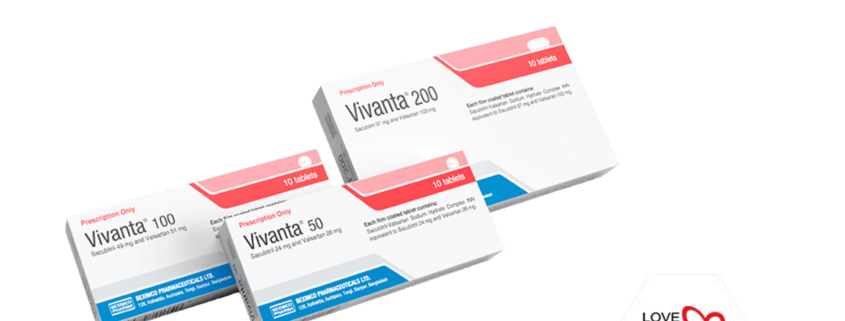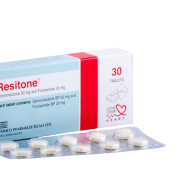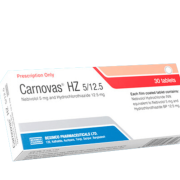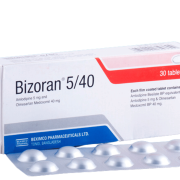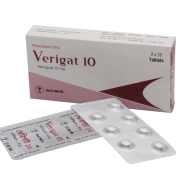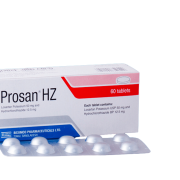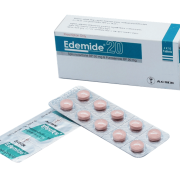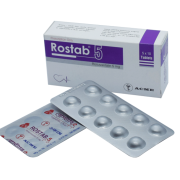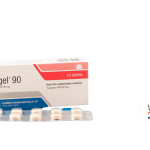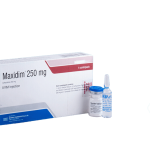Vivanta
Generic Name: Sacubitril and Valsartan
Dosage Form: Tablet
TG Name: Cardiovascular
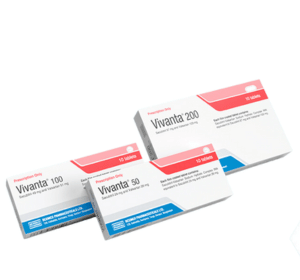
1. What is VIVANTA®?
Vivanta® (Sacubitril and Valsartan) is a combination of a neprilysin inhibitor and angiotensin II receptor blocker.
Vivanta® is available as film-coated tablets for oral administration, containing 24 mg of sacubitril and 26 mg of valsartan (Vivanta® 50mg); 49 mg of sacubitril and 51 mg of valsartan (Vivanta® 100mg); and 97 mg of sacubitril and 103 mg of valsartan (Vivanta® 200mg).
2. How VIVANTA® works in our body?
Vivanta® delivers sacubitril a pro-drug; further metabolized to the neprilysin inhibitor and thus saves natriuretic peptides and valsartan an AT1 receptor blocker to reduce the blood pressure in a normalized range.
3. What is the indication of VIVANTA®?
Vivanta® is indicated to reduce the risk of cardiovascular death and hospitalization for heart failure in patients with chronic heart failure (NYHA Class II-IV) and reduced ejection fraction, for the treatment of symptomatic heart failure with systemic left ventricular systolic dysfunction in pediatric patients aged one year and older. Vivanta® is usually administered in conjunction with other heart failure therapies, in place of an angiotensin-converting enzyme inhibitor (ACEi) or other ARB.
4. What are the dosage & administration of VIVANTA®?
The recommended starting dose of Vivanta® is 49/51 mg (Vivanta® 100mg) orally twice daily. Double the dose of Vivanta® after 2 to 4 weeks to the target maintenance dose of 97/103 mg (Vivanta® 200mg) twice daily, as tolerated by the patient. Reduce the starting dose to 24/26 mg (Vivanta® 50mg) twice daily for: Patients not currently taking an angiotensin-converting enzyme inhibitor (ACEi) or an angiotensin II receptor blocker (ARB) or previously taking a low dose of these agents.
5. What are the contraindications of VIVANTA®?
Vivanta® is contraindicated in patients with hypersensitivity to any component, in patients with a history of angioedema related to previous ACEi or ARB therapy, with concomitant use of ACEi. Do not administer within 36 hours of switching from or to an ACEi, with concomitant use of aliskiren in patients with diabetes.
6. What are the adverse effects of VIVANTA®?
The most common side effects are Angioedema, Hypotension, Impaired Renal Function, Hyperkalemia, Cough, and Dizziness.
7. What would be the storage condition of VIVANTA®?
Keep in a dry place and store below 30o C. Protect from moisture and keep out of the reach of children.

